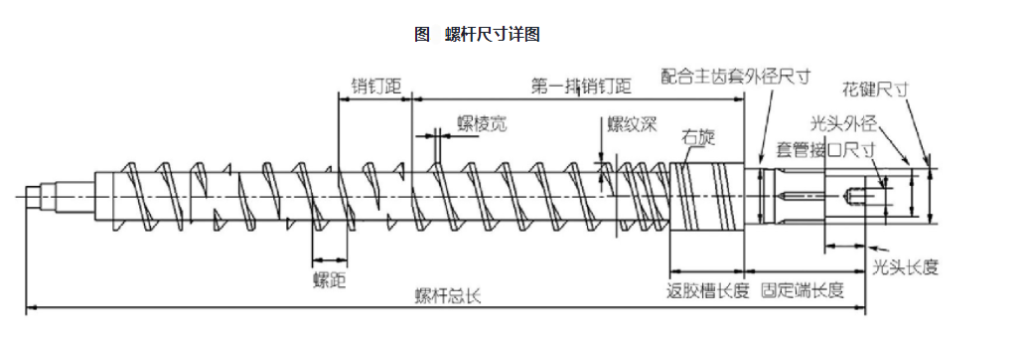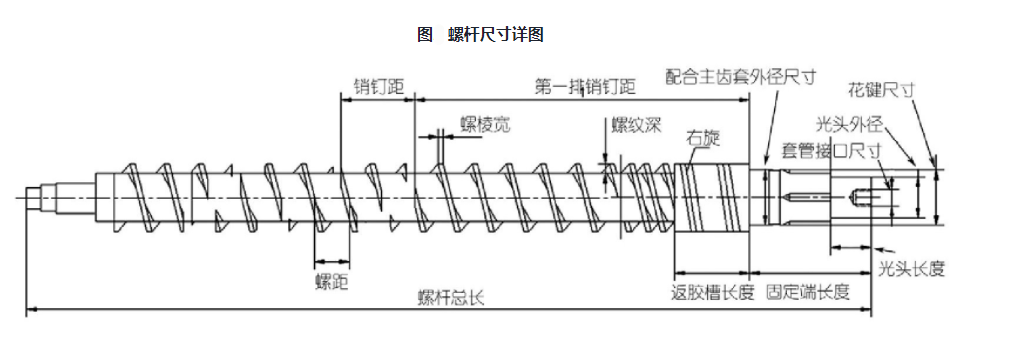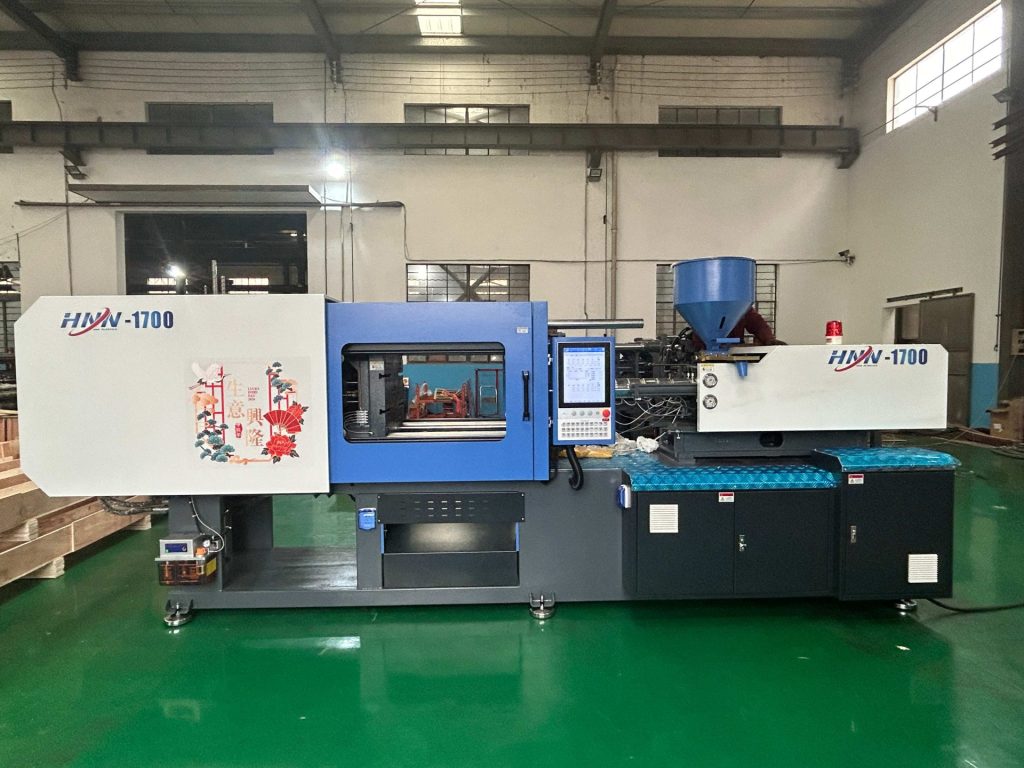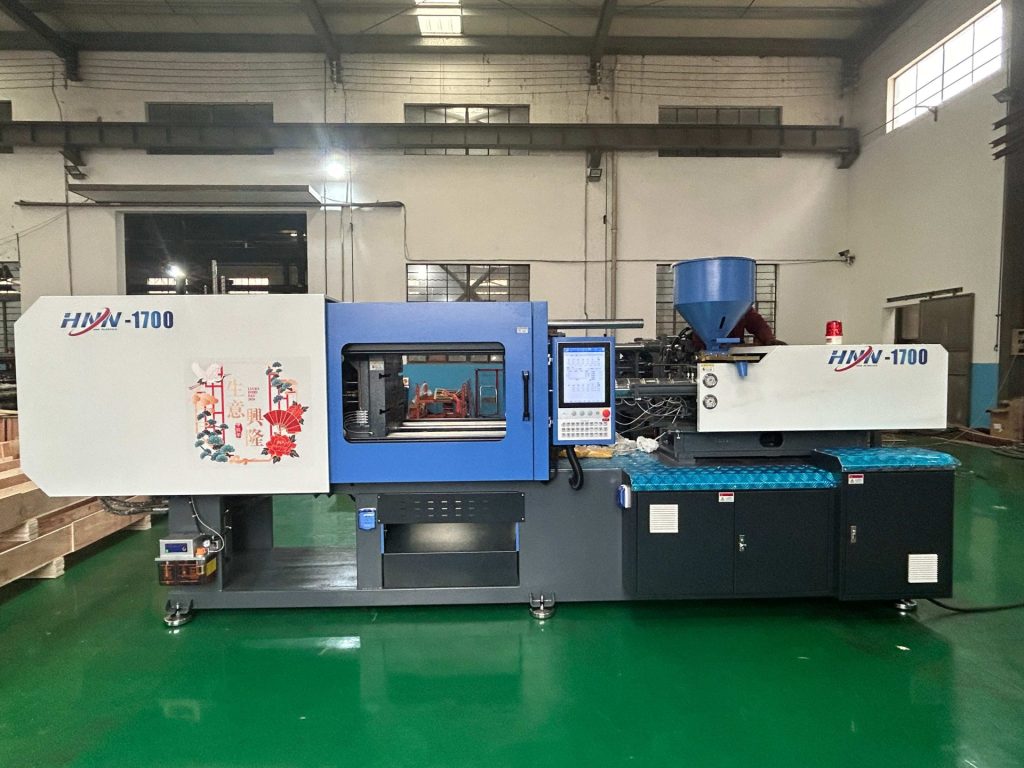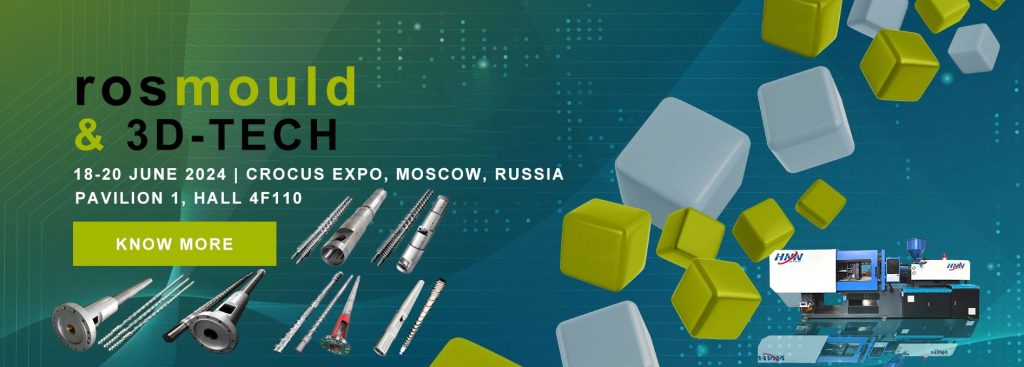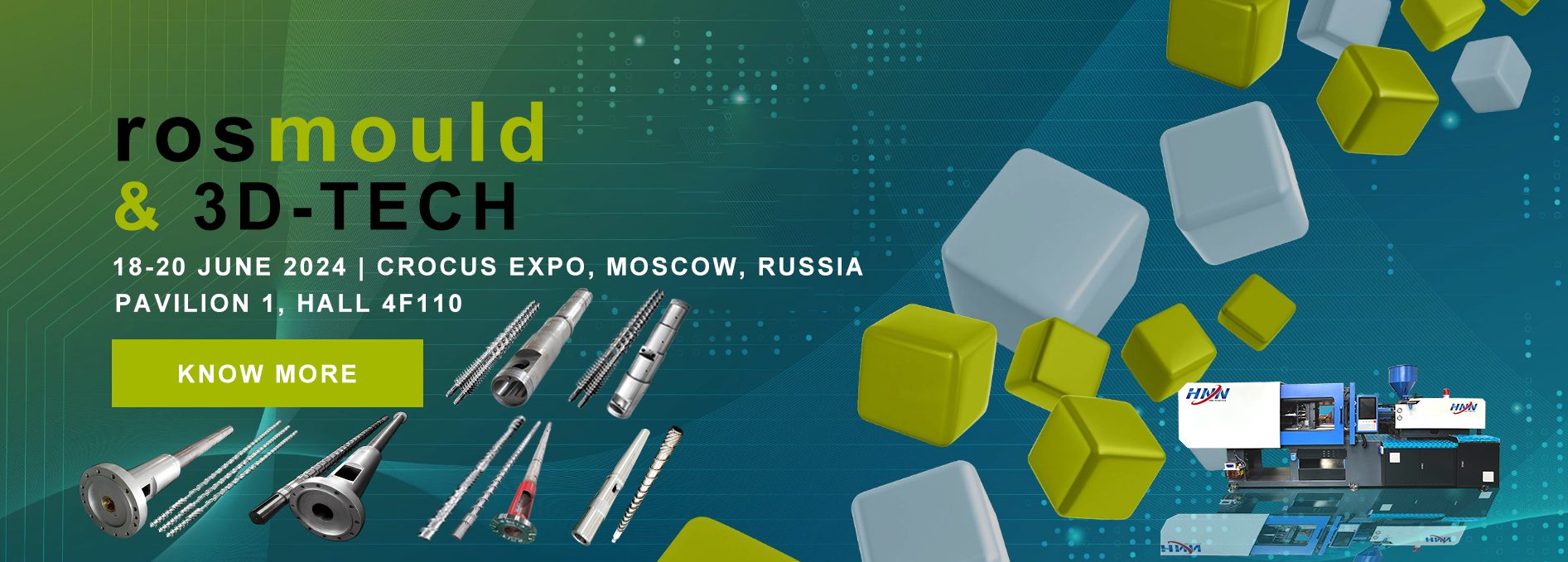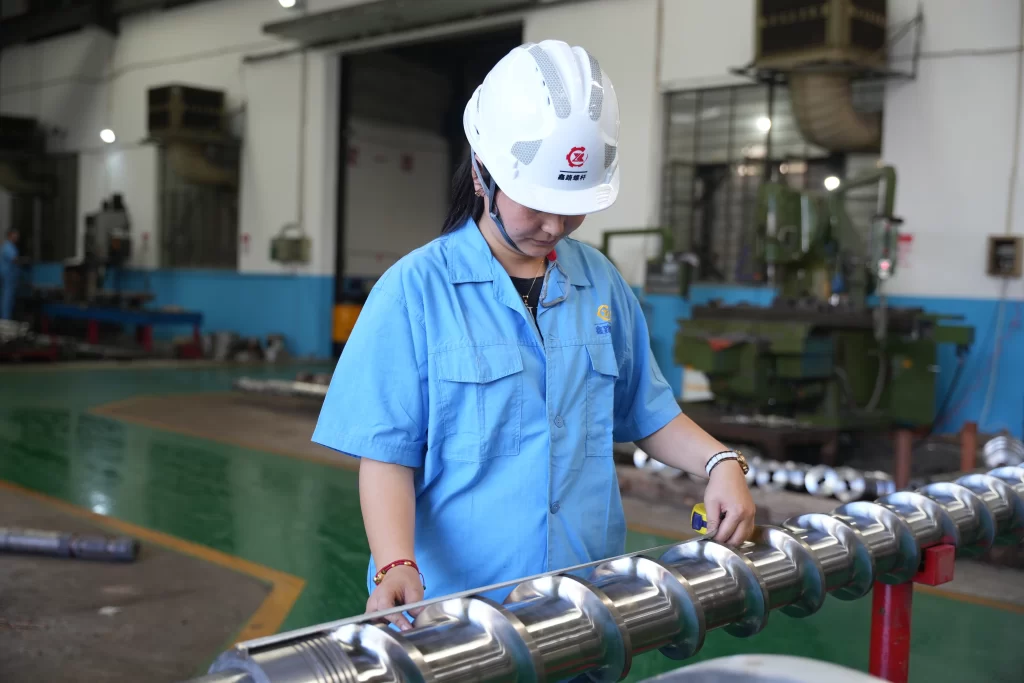1.1 Thermal Spraying Repair
Thermal spraying offers surface strengthening for repairs, characterized by high-quality wear-resistant coatings, low cost, high efficiency, and wide applicability. Its basic process involves: melting spraying materials (metals, ceramics, plastics, etc.) into a liquid or molten state, refining them into particles ranging from tens to hundreds of microns, and spraying these particles onto the base material to form a coating.
For example, stainless steel corrosion-resistant steel powder is often used to spray the screws of single-screw plastic extruders for PVC processing. The sprayed coating consists of rapidly quenched particles, which exhibit high hardness. During spraying, a supersaturated alloy state and an oxide film form, further increasing the coating’s hardness—beneficial for enhancing wear resistance. To ensure coating properties and quality, porosity must be controlled by maximizing particle temperature and spraying speed.
Key process parameters for thermal spraying:
Heat Source: Flame spraying typically uses acetylene as fuel, with a temperature of ~3,100°C; arc spraying reaches 5,538–6,649°C; plasma spraying achieves up to 11,093°C. Plasma spraying is optimal for rapid heating and particle transport, followed by arc spraying and oxy-acetylene flame spraying.
Spraying Material: For arc and flame spraying, the diameter of the metal wire must match the heat source power to obtain the best coating.
Spraying Distance: This refers to the distance between the spray gun and the workpiece. Typical values: 100–200 mm for flame spraying, 50–100 mm for plasma spraying, and 180–200 mm for arc spraying.
Spraying Angle: The angle between the central axis of the spray jet and the substrate surface should ideally be 90°, but must not exceed 45° to avoid shadowing effects.
1.2 Chrome Plating
Chrome plating layers exhibit excellent wear resistance, anti-friction, and corrosion resistance, significantly improving the quality of repaired parts—particularly surface wear resistance.
1.3 Cladding Repair
Vacuum fusion alloy coating technology is a modern surface metallurgy technique that modifies the composition and structure of the substrate’s working surface to meet requirements for wear resistance, corrosion resistance, etc. The process occurs under vacuum: concentrated heat melts a pre-applied alloy coating on the substrate surface, allowing it to infiltrate the substrate. Upon cooling, the coating and molten zone recrystallize, forming a strong bond with the substrate. This entire process of melting, infiltration, diffusion, intersolution, and recrystallization constitutes a surface metallurgical reaction.
引自-朱玉明.双螺杆挤出机螺杆机筒的耐磨处理和修复[J].科教文汇(下旬刊),2015,(24):180-181.







